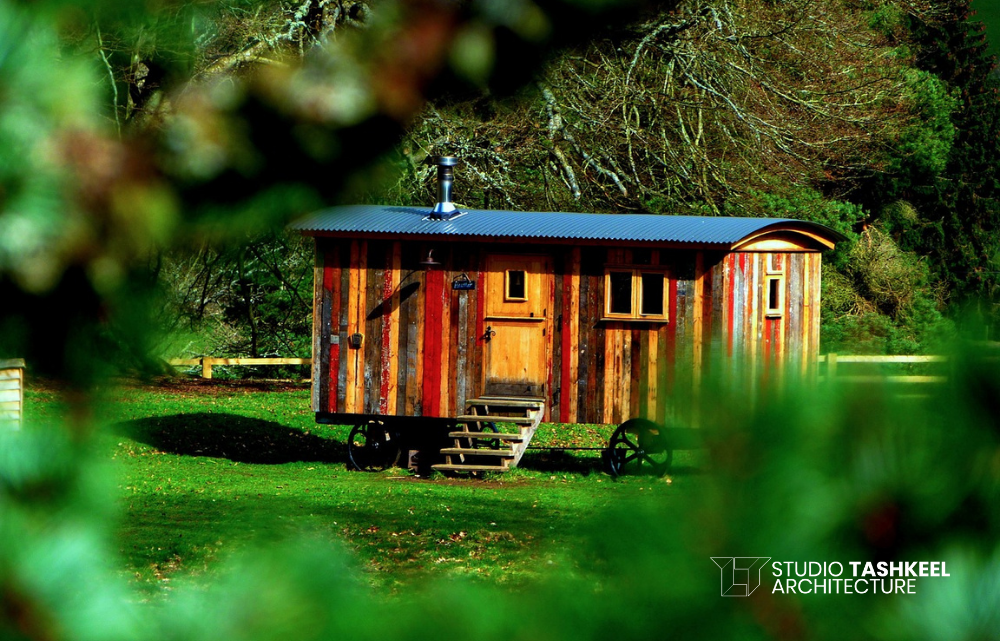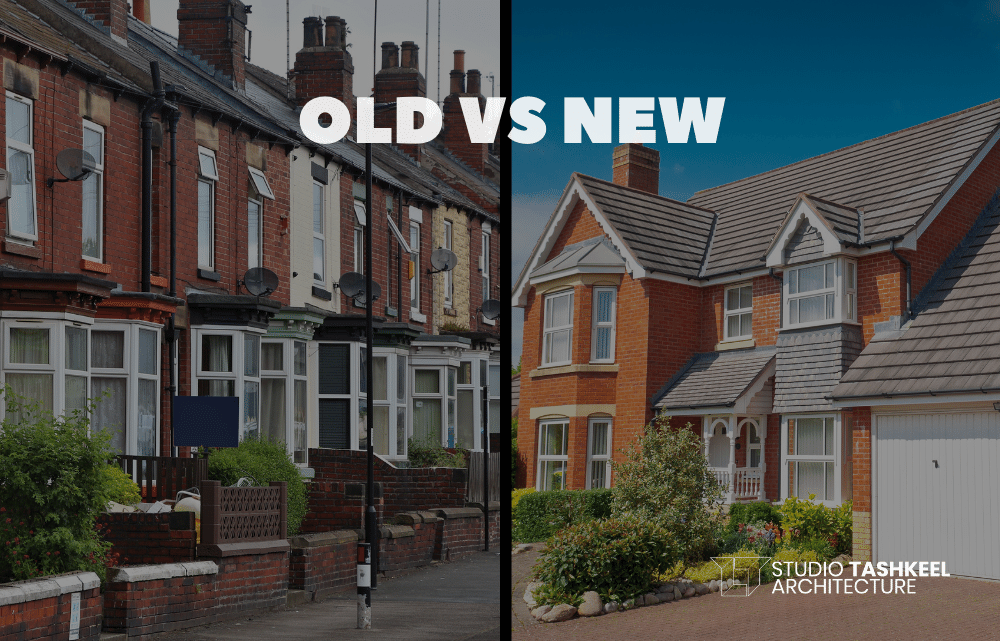
Which Use Class is my Building?
The Town and Country Planning (Use Classes) Order 1987 designates land and buildings under different categories known as “Use Classes” which we will discuss in this article. This order specifies various “Use Classes” that don’t require planning permission for a building or any other land to change from one use to another (while still remaining within the same class).
Depending on what you want to do or what kind of building work is involved, it is also possible to apply for a ‘Change of use’ within the same Use Class or from one Use Class to another.
In case you don’t know, the most recent version of Use Classes was updated on 1st September 2020.
Every single property or land in the UK is under a specific Use Class category. This basically defines what kind of activities its tenants are permitted to do within the premises (residential or commercial).
Use Class are categorised under a few letters, some are new, some are old, some have changed, some have subdivisions. I get it, property use classes can be a confusing affair.
What Are the Changes Made to the Use Classes?
As I mentioned above ‘Use Classes’ were updated last year. The purpose behind this was to encourage businesses and help them change classes with ease, if needed. With the current uncertain environment, companies need to be flexible and able to adapt to market demands, thus this change was welcomed positively.
What changed and what remained:
- Class A (including A1, A2, A3) and B1 were all grouped together and re-labelled as Class E
- A4 and A5 are not included in Class E. Rather, they belong to the new label ‘Sui Generis’
- Class C was not affected by the changes
- Class D is further sub-divided into E, F1, F2 and Sui Generis
Now, If you submitted a planning application before these changes were effective, then the old Use Class applies to you and it will fall under The General Permitted Development Order (GPDO). If you are unsure of anything, speak to us today.
Current Use Classes
Generally speaking, the ‘Use Class’ that was in effect when the application was submitted will be the one used to determine.
Since the ‘Use Class’ came into effect these are the current classes in use.
Class B
Class B encompasses anything related to factory work and the following activities:
- Chemicals
- Metalwork
- Oil processing
- Mining
Class C
Properties under Class C are hotels, guest houses, hospitals, nursing homes, residential training centres to name a few. It includes families or properties with a single resident.
Class E
Generally, Class E deals with commerce, business and services.
These properties can be used for any of the following purposes:
- Display or sale of goods
- Retail shops
- Warehouses
- Pet shops
- Employment agencies
- Restaurants & Cafés
- Office spaces
- Day centres
- Gyms and other areas of sports and recreation
Among others:
Class F1
Class F1 deals with Learning & Non-Residential Institutions. Examples of these can be:
- Education centres
- Art galleries
- Libraries
- Museums
Class F2
Properties under Class F2 are places for local community development. These include:
- Indoor or Outdoor Swimming Pools
- Skating Rinks
- Areas for Recreation
- Community Halls
Class ‘Sui Generis’
‘Sui generis’ is a Latin term that means ‘in a class of its own’. And as you might have guessed it covers uses that don’t fall in any other of the categories above.
Here are a few examples:
- Theatres
- Petrol Stations
- Nightclubs
- Casinos
- Movie theatres
- Music Venues and Concert Halls
- Pubs
- Waste disposal installations for the incineration, chemical treatment or landfill of hazardous waste
- Food Takeaways
The uses are extensive and this is just a brief example. Keep in mind that no list is definitive and you can get different opinions from different sources. With the above mentioned examples, one can only guess. However, it is advised that you confirm the specifics of any of these potential situations with a professional or your relevant Local Planning Authority.
Which Use Class does my property fall under?
So you’ve read a couple of articles online hoping to find a quick solution to no avail. This is where it becomes interesting. Here’s where I jump in and provide my expertise to help you figure out the ‘Use Class’ of your property.
There are certain questions you can ask about your property to help you determine its ‘Use Class’ better.
- What was the building use for when it was opened?
- Have you checked Valuation Office Agency? Here you find a property address and check how the building is listed.
- Are you able to find old records of the property to determine its use?
- Can you find the building in social media groups? Perhaps you can ask anyone who previously worked there.
These are only some suggestions that can help you gather information and proof of the ‘Use Class’ of any particular building.
OK, So What’s Next?
You’ve done your research and you’ve gathered some resources to prove the ‘Use Class’ of a property. You think you feel ready to submit your planning application… Not that fast!
There’s a little thing I haven’t mentioned that could delay the process a bit.
Let’s say a group of offices are under one Use Class but have subsidiaries connected to other Classes in another town. You could be in trouble. I mean, this is just a small issue provided you have the proof to show a particular building belongs to a separate planning unit from another building.
If a property is under two ‘Use Classes’, then it will automatically fall under the Sui Generis label. If a building has been abandoned, it might not have any use class, just like in the case of a demolished unit or a building that has no utilities.
These are just examples of properties losing their use class.
How do you determine this? This is where you need professional help. Contact us today. We can help you out and remove some of the ‘Use Class’ headaches from you.
Last but not least.
Once you have all the evidence you can proceed to submit a planning application and follow the required process. You can also request a Certificate of Lawfulness of Proposed Use or Development. Like I usually tell my clients, this is not compulsory. Although it can help you confirm the use class of a property and that everything is in order for planning purposes.
I hope this helps!
If you would like any further information or advice on property use classes, get in touch with the team. We’d love to help you out.



